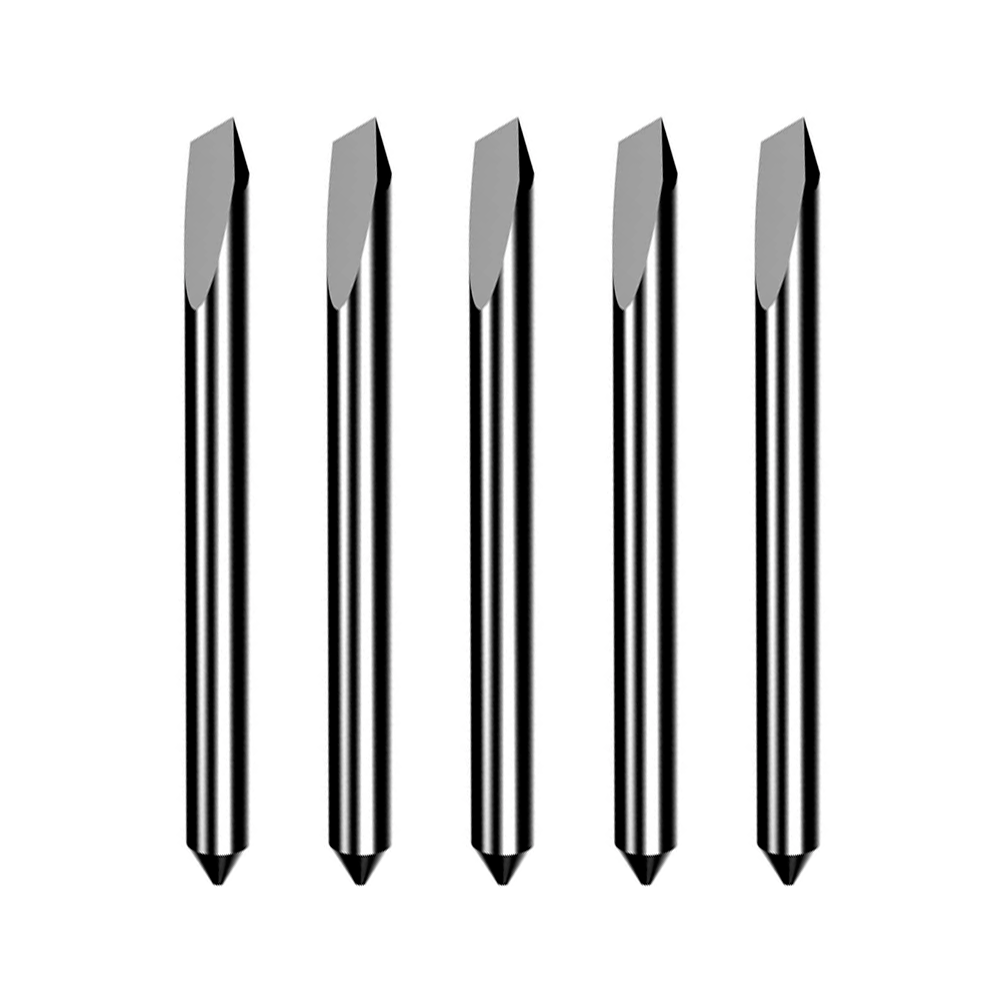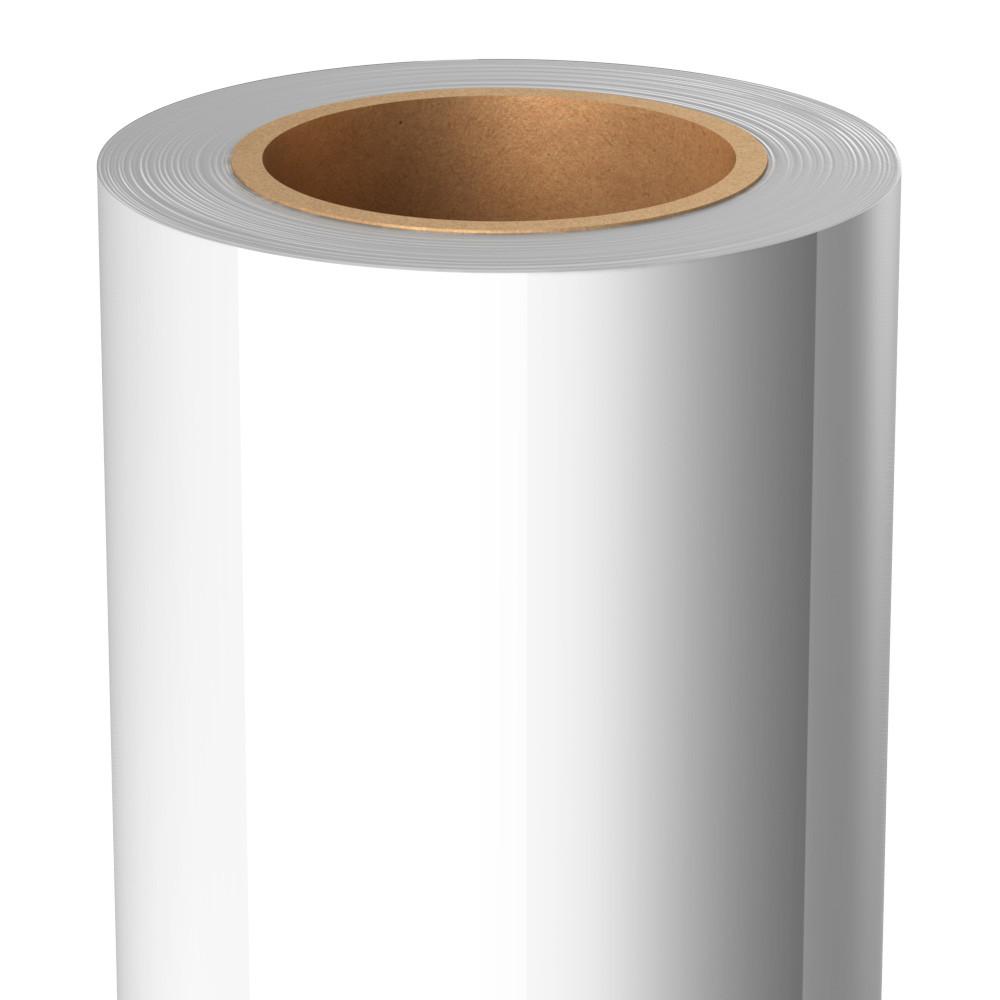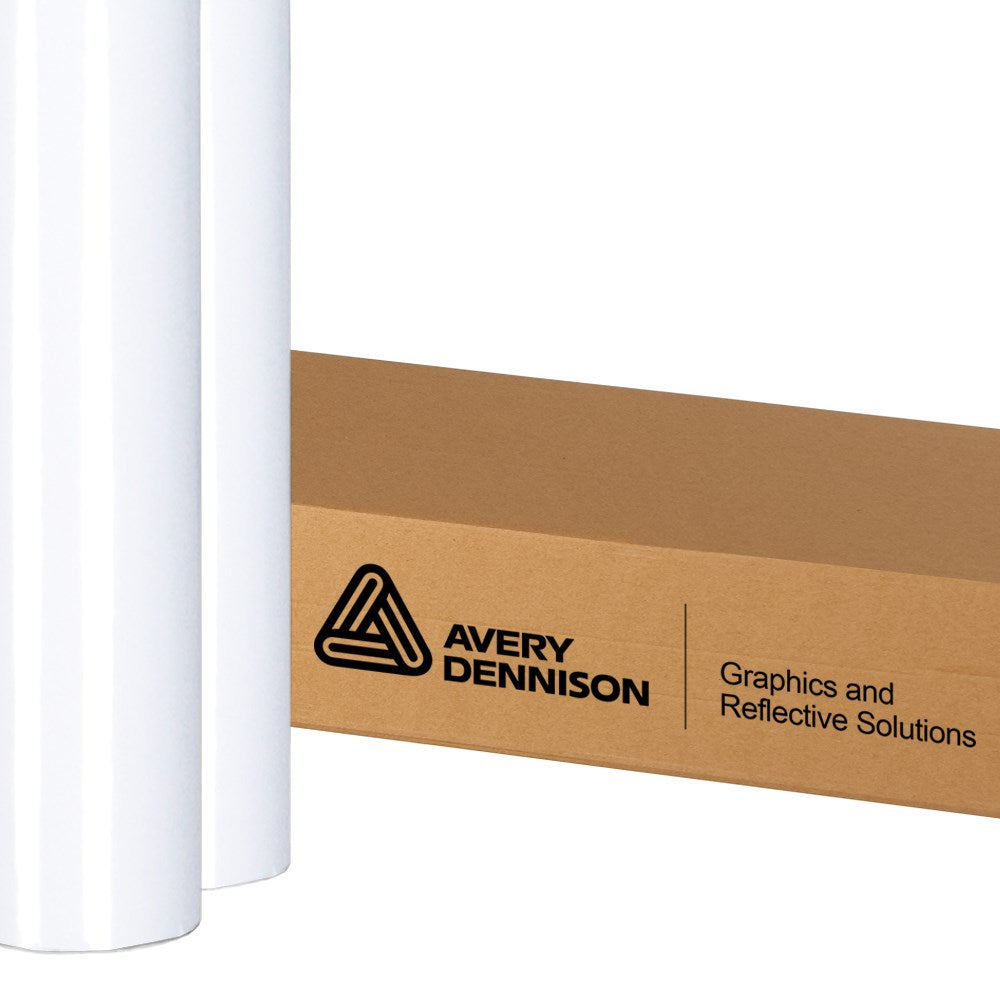People often want to spend as little money as possible to complete a job. It’s no different when it comes to printing. Professional printers are not cheap, starting in the four-figure range and easily reaching five and even six figures for quality, commercial-grade equipment.
At the most well-equipped print and sign shops, they may have a combination Roland vinyl printer-cutter or other comparable brands, such as Summa. Vinyl is an increasingly popular print medium for a variety of usages, but only certain machines can print on vinyl.
Can All Printers Print on Vinyl?
Yes and no. Theoretically, any printer can print on vinyl, just as a painter can paint on any surface. The quality of the print, however, may vary greatly from printer to printer, depending on the printer’s design and capabilities.
Regardless of which type of printer you use, vinyl has a somewhat reflective surface that can confuse image sensors on standard residential home printers. If you aren’t using commercial-grade equipment, always complete a test print or two before committing to a large job.
Laser Printers
Laser printers are capable of printing on vinyl, but they have limitations in terms of paper thickness, DPI (dots per inch), and feed capabilities.
You also need to be cautious about the heat generated by laser printers. Anyone who’s printed out something on a laser printer knows that the paper can come out hot. The more pages printed, the hotter the printer becomes.
Vinyl can usually handle temperatures up to 212 degrees fahrenheit. Anything temperature higher can be a danger to vinyl. The hottest laser printers can reach a staggering 400 degrees, so if you’re going to print on vinyl, try one sheet at a time and let the printer cool between prints.
Ink-Jet Printers
Ink-jet printers don’t have the temperature issues that laser printers have, but they are also far slower than laser printers. That being said, the printing quality of ink-jet printers is generally excellent.
The quality of an image printed on vinyl with an ink-jet printer is going to depend on the DPI, ink quality, and caliber of the printer’s sensors. This is a long way of saying, “You get what you pay for.”
Printers Versus Printer-Cutters
Why bother buying two machines, when you can buy one machine that does two jobs? A vinyl cutter works by cutting out pre-designated shapes that you’ve programmed in. This makes extracting specially shaped, printed vinyl a snap. While you can purchase a vinyl printer and a vinyl cutter separately, printer-cutters eliminate the manual process of moving printed vinyl to the cutter.
The downside to printer-cutters is that it takes longer, since they must print and cut in the same run. Because of this, printer-cutters can be less than ideal for large jobs. For high-volume print shops, it may make more sense to buy a separate cutting machine so the printer can always be printing, even if the vinyl cutter hasn’t caught up yet.
Final Thoughts
A range of printers can print on vinyl, but different jobs need different tools. Once you figure out what kind of prints you’re going to create, and how many you need, you can find the right printer for you.
Want to know which is better between screen printing and vinyl? Take a look at our latest post!





